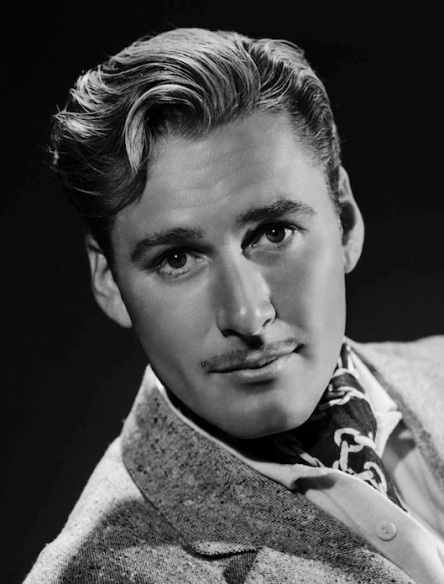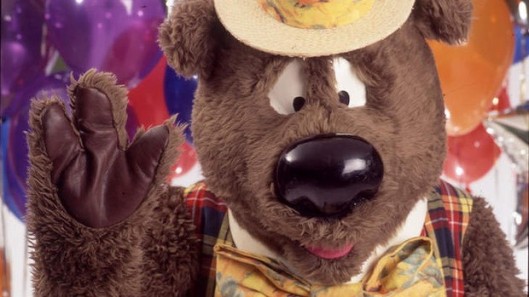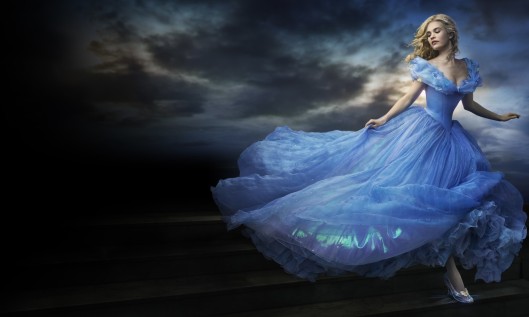Tags
angel names, Biblical names, Christmas names, Disney names, Disney princesses, famous namesakes, fictional namesakes, hebrew names, international name popularity, locational names, name history, name meaning, name trends, names of horses, nicknames, Shakespearean names, UK name popularity, unisex names, US name popularity
As we head towards Christmas holidays and hot weather, you might be planning to put The Little Mermaid on for the kids, or take them to the beach so they can swim like fish. I know lots of people (big and small) who love the spirited redhead Ariel from the Disney film, so I am covering the name as a summery choice.
Name Information
Ariel is a Hebrew name that means “lion of God”. Although it mentioned in the Old Testament as the name of several men, it is best known as a designation for the city of Jerusalem, and was also used in reference to the altar of the city’s temple (in this context, perhaps best understand as “hearth of God”).
In Jewish, Christian and Gnostic mysticism, Ariel is also the name of an angel. It is something of a mystery where the name came from, but it may be influenced by the archangel Uriel, or the Zoroastrian destructive spirit Ahriman. In several sources, Ariel is shown as an angel with power over Hell, and for this reason John Milton makes him one of the rebel angels who fight on Satan’s side in Paradise Lost.
Another image of Ariel is that it is the name for the Creator God, and in mysticism was often depicted as a lion-headed deity with power over the Earth. Others call him the Spirit of Air, the Angel of the Waters, or Wielder of Fire.
You can see the attraction of Ariel for writers: he is morally ambiguous, and has enormous yet extremely vague powers. In Shakespeare’s play The Tempest, Ariel is a spirit of the air under the control of the magician Prospero. It is not clear whether he is a good sprite, but because he refused to work for an evil sorceress, he is at least not demonic. The angel Ariel may have been as inspiration, or perhaps Shakespeare chose the name because it is similar to the word aerial, meaning “of the air”.
It is through Ariel’s magical agency, by the command of Prospero, that the action of the play progresses and reaches its conclusion. Because of this, it is very easy to see him as a metaphor for creativity – artists are all Prosperos, who work magic by bringing under their control that elusive and puckish spirit of inspiration.
In Alexander Pope’s poem The Rape of the Lock, Ariel is the guardian sylph of the heroine: a spirit of air who watches over young maidens. Pope edited the works of Shakespeare, and must have taken the name from The Tempest. Percy Bysshe Shelley identified Ariel as a symbol of the poet, and his songs with poetry. Poor poets – enslaved by the Prospero of their own creative genius!
T.S. Eliot published The Ariel Poems, and Sylvia Plath has a collection titled Ariel. In Plath’s case, although Ariel was literally a horse she rode, the poem Ariel is about her identity as a poet, and she takes the Shelley-approved “tortured soul oppressed by own genius” line. Although the Ariel of the poem is a stallion, Plath refers to herself as “God’s lioness”, feminising the meaning of the name.
The name of the mermaid Ariel in the Disney film is inspired by the ending of the fairy tale by Hans Christian Anderson. Although it does not form part of the movie’s plot, the original little mermaid becomes one of the Daughters of Air who may gain a human soul after 300 years of good deeds, and gain entrance to heaven. Like Ariel in The Tempest, the mermaid becomes a spirit of the air – but one whose goodness is quite obvious.
In the Old Testament, Ariel is a man’s name, with its feminine form transliterated as Ariela, Ariella, or Arielle. However, you can see quite a bit of gender ambiguity in the name. Even in the Old Testament, it was used to denote the city of Jerusalem and the temple altar, which already begins to disassociate it from its original context.
Then as the name of an angel it begins to seem further removed from being strictly male, since angels cannot have gender, and once Shakespeare used it for a spirit of the air, this trend continued.
The role of Ariel in The Tempest was almost always taken by female actors from the 1600s until the 1930s; since then it has been played by both men and women, but often with an androgynous slant. This must have made a difference to how people saw the name, and the connection with poetry heightens its feminine image.
Famous men named Ariel include former Israeli prime minister Ariel Sharon; Brazilian model Ariel Donida; writer and activist Ariel Dorfman; American music-producer Ariel Rechtshaid who has worked with big names like Adele and Madonna; and American film-maker Ariel “Rel” Schulman, best known for the Catfish documentary and TV series.
Famous women named Ariel include American actress Ariel Winter, from Modern Family; American model Ariel Meredith, and Australian actress Ariel Kaplan, who is on Neighbours. Russian-born American historian Ariel Durant, the wife and writing partner of historian Will Durant, was born Chaya Kaufman (Ada or Ida her English name), but was called Ariel as a pet name, and eventually she changed it legally.
Ariel has been used as a male name in Europe since at least the 16th century. It didn’t come into common use in the English-speaking world until the 18th century, when The Tempest became a theatre staple: it was used for both sexes, but much more often given to boys. By the 19th century, it was fairly evenly unisex.
Ariel has been on the US Top 1000 for boys since the late 1960s, shortly after the posthumous publication of Sylvia Plath’s Ariel. It has been on the US Top 100 for girls since the late 1970s, just after Ariel Durant and her husband won the Presidential Medal of Freedom. It made the Top 100 for girls in 1990, a year after The Little Mermaid, and peaked for both sexes in 1991, a year after The Little Mermaid was released on video. It reached #361 for boys, and #66 for girls. Currently it is #133 for girls and #738 for boys, and last year made small gains for both sexes.
In the UK, Ariel shows up in the data as a name for both boys and girls, although it has performed more consistently as a male name. Last year there were 32 girls and 20 boys named Ariel, and the name is rising for both sexes, but more steeply as a boy’s name. Ariel is popular for boys in Israel and Latin America.
In Victoria in 2012, Ariel was almost equally given to both sexes – 11 girls and 12 boys. However that may not be typical, because in South Australia in 2013 there were 2 girls named Ariel and no boys, and in Tasmania in 2010, 1 girl Ariel and no boys.
In Australia, the spelling Arielle seems more common for girls, in contrast to the UK, where numbers of female Ariels and Arielles are roughly even, and the US, where Ariel is a much more common girl’s name than Arielle. It’s possible that some Australian parents feel that Ariel, even if not strictly a boy’s name, does not seem quite feminine either.
Strong and attractive, with a wonderful meaning, Ariel is on trend for names with a strong AR sound, and you would think should be rising, along with fashionable choices like Arlo and Aria. Although suitable for both sexes, some parents may prefer the feminised spelling Arielle for a girl, which helps disassociate it from its mermaid namesake. Pronunciation is an issue, as people say this name AR-ee-el, AH-ree-el, and AIR-ee-el (the third one makes me think of TV antennas). Possible nicknames include Ari, Arik, Elle, Ellie, and Rel/Relle.
You might be wondering why I’m covering Ariel at the end of the year – shouldn’t I be doing Noel, or Joy, or something equally festive? The reason is because of the poet T.S. Eliot, who I mentioned as the author of the Ariel Poems.
Ariel was a series of illustrated poetry pamphlets from Faber and Faber, named after the airy sprite from The Tempest (perhaps they were suggesting they were putting their poets to work, as Prospero made the enslaved Ariel toil for him). Put out at the end of the year, they were sold as fancy Christmas cards.
In line with the theme, Eliot wrote poems for Ariel on the subject of Christmas, including The Journey of the Magi. Later they were collected as The Ariel Poems, and another added: The Cultivation of Christmas Trees.
So I’m suggesting Ariel as an unexpected name for the Christmas season, tied to its literary namesake, and connected to the beauty and magic of poetry – didn’t someone once say that every baby is a poem? They are certainly our most wondrous creations.
POLL RESULTS
As a girl’s name, Ariel received an approval rating of 46%. 30% of people were put off the name because of the connection to the Disney movie, but 28% thought Ariel was either pretty or beautiful. Only one person thought Ariel was too masculine for a girl.
As a boy’s name, Ariel received a lower approval rating of 28%. 35% of people thought the Disney film made the name seem too feminine for a boy, and 22% preferred the name Ari. 9% of people thought Ariel was only suitable for Jewish and Hispanic boys. However, 8% of people thought Ariel was a handsome name for a boy.
69% of people thought Ariel was more suitable as a name for girls, and 18% said it was equally suitable for both sexes. 13% saw it as more suitable for boys.
(Picture shows Ariel from The Little Mermaid)










